Reduce Costs & enhance agility with Integrated Datacenter Management Services
Coforge’s approach of managing the infrastructure services (on-premises/ cloud) is through technology-led functional towers. An integrated service management model embraces the best practices and service design principles; enables service optimization and transformation through digital innovations resulting in technology futureproofing, debt reduction and service reliability.
Success stories
Case Study | Anywhere data centre.
Coforge Accelerates Telecom Expansion, Migrates 3K Users to PCaaS in Record Time.Case Study | Anywhere data centre.
Improving Scalability and Cost Effectiveness by Migration and support of Airline IT applications on AWS cloud for an Australian airline.Case Study | Anywhere data centre.
Resilient Wi-Fi Lounges for a High-speed Train Service Provider.
Case Study | Anywhere data centre.
Coforge Accelerates Telecom Expansion, Migrates 3K Users to PCaaS in Record Time.

Case Study | Anywhere data centre.
Improving Scalability and Cost Effectiveness by Migration and support of Airline IT applications on AWS cloud for an Australian airline.

Case Study | Anywhere data centre.
Resilient Wi-Fi Lounges for a High-speed Train Service Provider.
Our credentials
80+
K DC assets Managed
180+
Automation Templates
12+
Data Center hosting sites
1750+
Skilled Professionals
Our technology partners

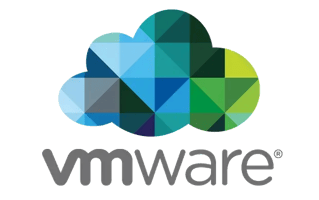
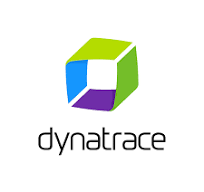
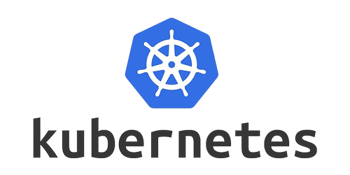




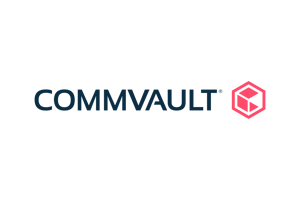
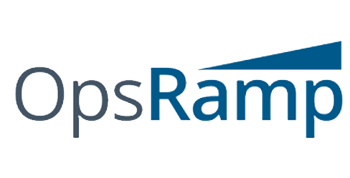
Empower Your Business to Lead the Future
Know moreWHAT WE DO
Explore our wide gamut of digital transformation capabilities and our work across industries
Explore






